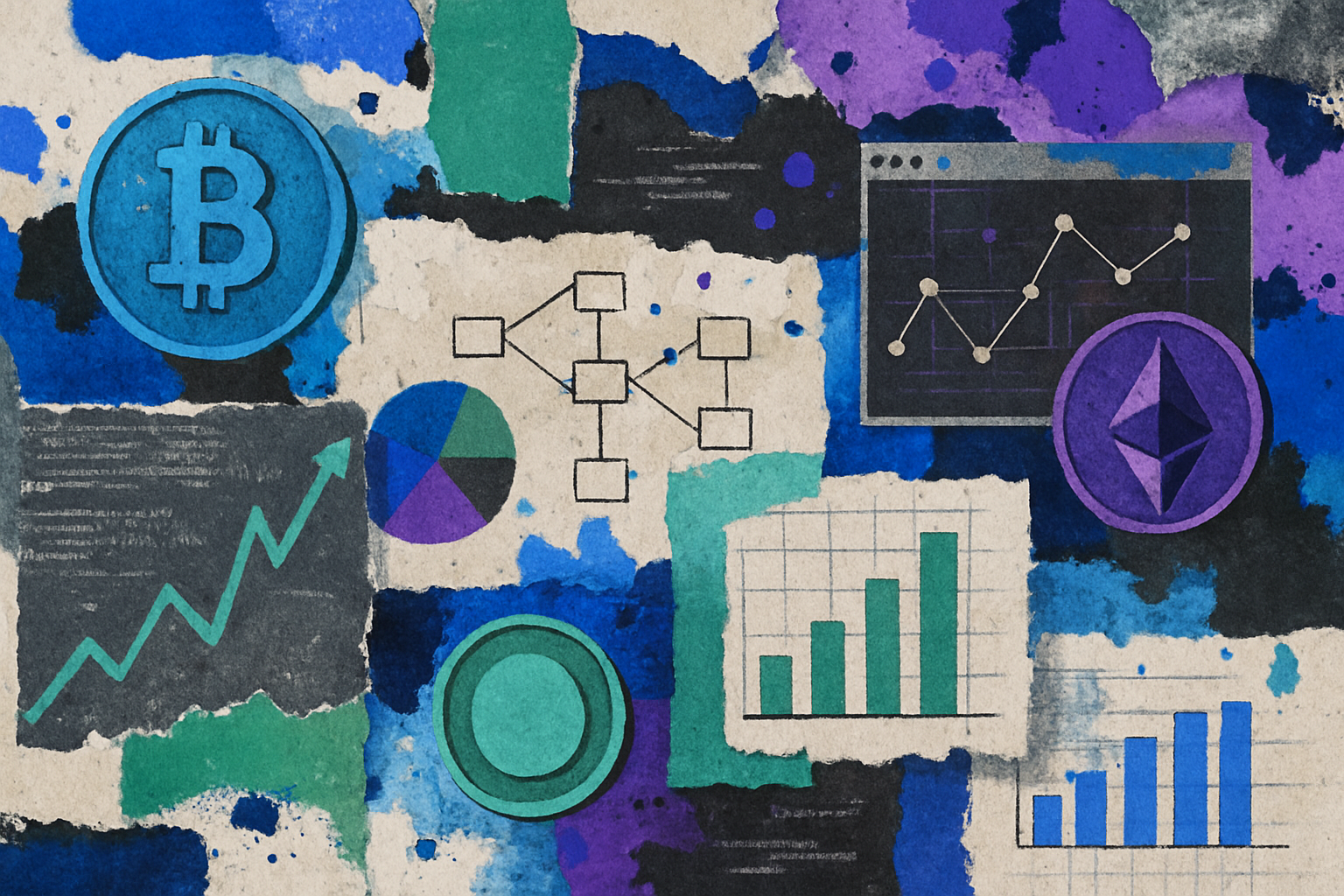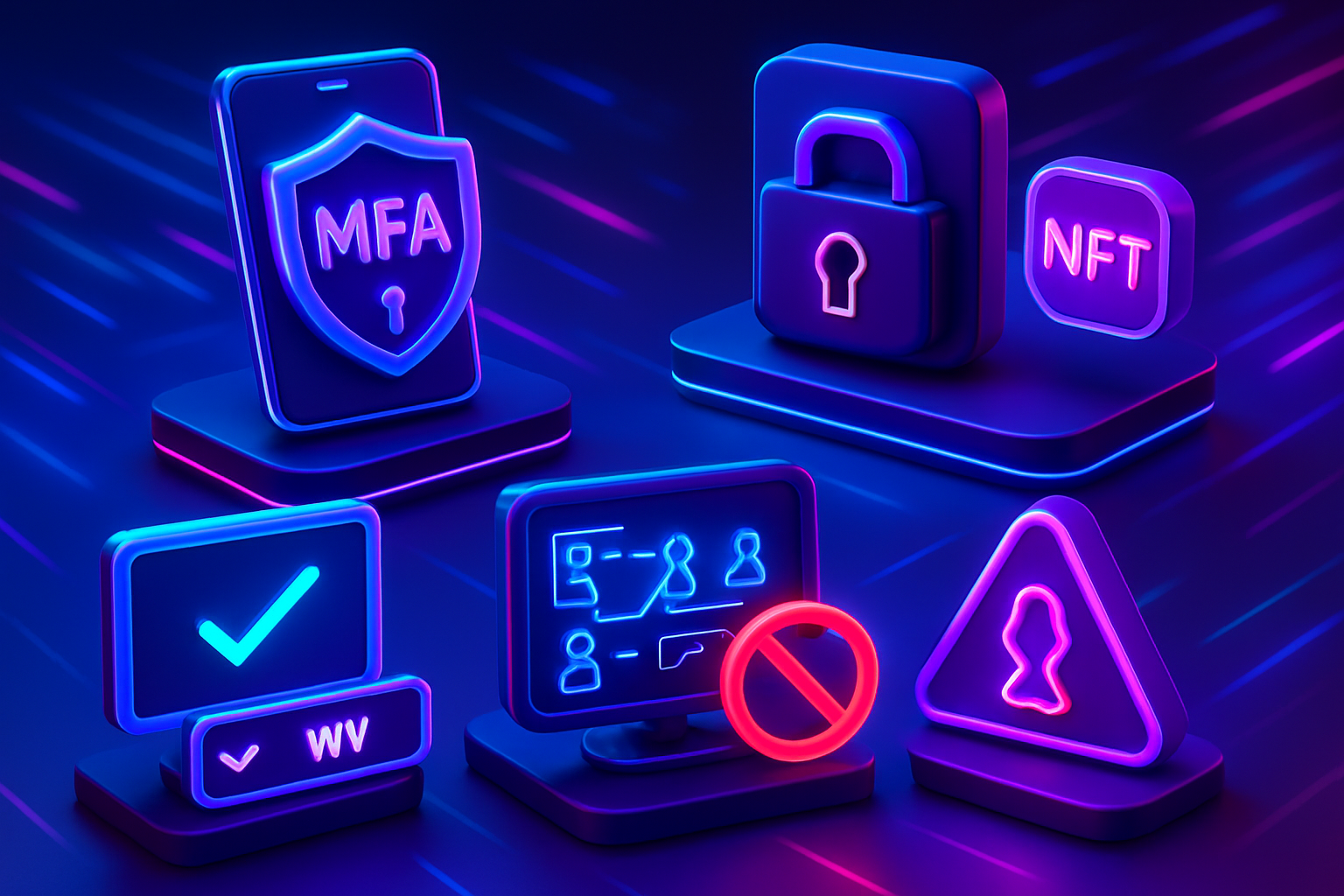
As NFT gaming continues to attract mainstream attention, the value locked in digital wallets has never been higher. With this surge comes a new wave of sophisticated threats targeting both casual gamers and seasoned NFT investors. Protecting your assets requires more than just basic password hygiene. Below, we break down the top five best practices for securing NFT gaming wallets and assets, drawing on current market research and real-world attack vectors.

1. Enable Multi-Factor Authentication (MFA) on All NFT Gaming Wallets
Multi-factor authentication (MFA) is no longer optional; it is the frontline defense against unauthorized access. By requiring a second verification step, such as an authenticator app or hardware token, MFA dramatically reduces the risk of wallet compromise, even if your password is leaked or stolen. Avoid SMS-based MFA, which can be vulnerable to SIM-swapping attacks. Instead, opt for trusted apps like Google Authenticator or Authy.
2. Use Hardware Wallets or Secure Non-Custodial Wallets for Storing High-Value NFTs
If you hold rare or high-value NFTs, storing them in a hot wallet connected to the internet is a critical mistake. Hardware wallets, such as Ledger or Trezor, keep your private keys offline and out of reach from hackers who exploit browser vulnerabilities or malware. Non-custodial wallets like MetaMask offer more control but require diligent key management, never store your seed phrase digitally and always back it up securely offline.
For an in-depth look at why hardware wallets are considered industry best practice, see this guide by Blockchain Council.
Top 5 Security Features for NFT Gaming Wallets
-
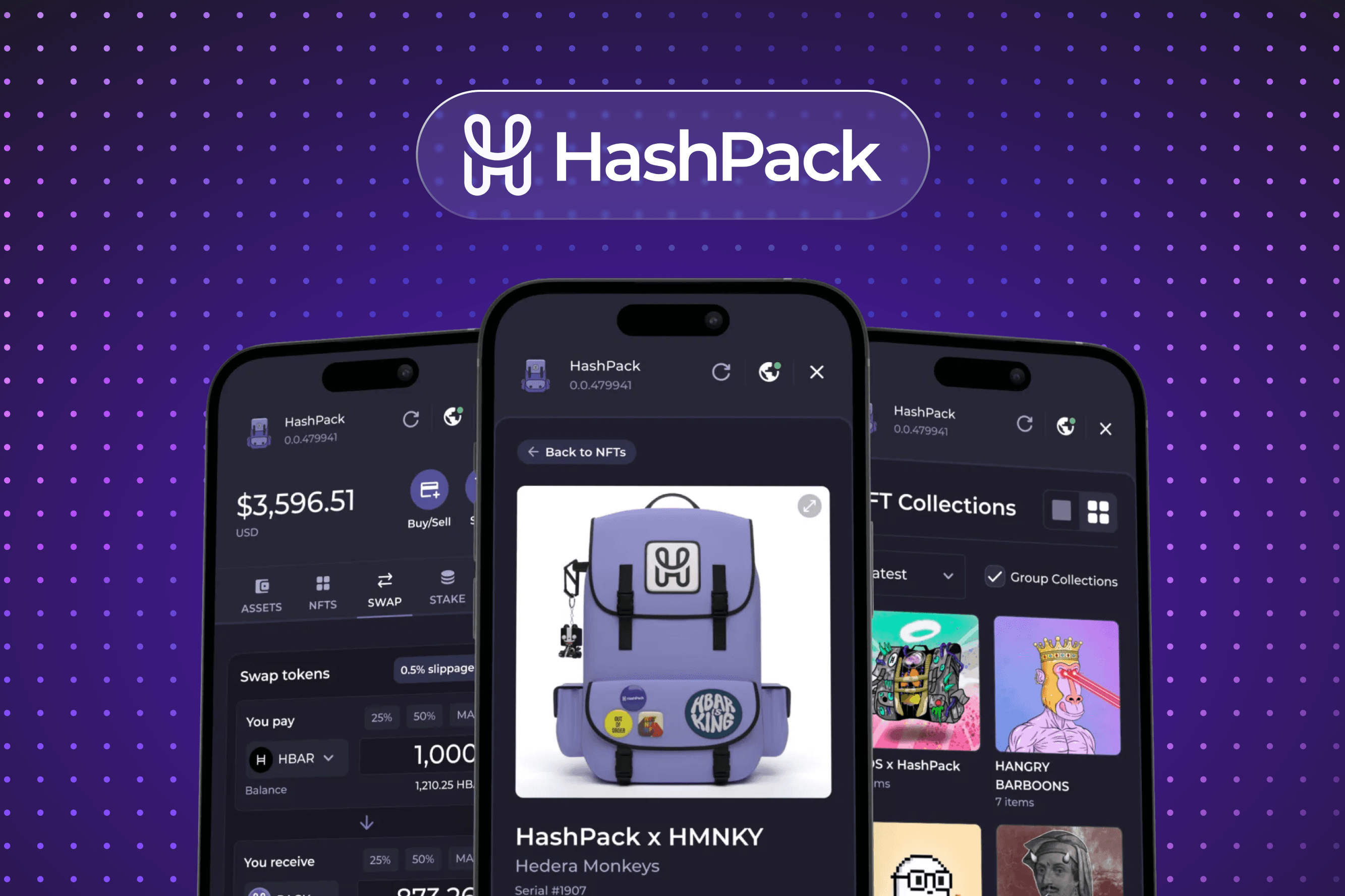
Enable Multi-Factor Authentication (MFA) on All NFT Gaming WalletsMFA, also known as 2FA, adds a crucial layer of security by requiring a second verification step—such as an authenticator app (e.g., Authy or Google Authenticator)—in addition to your password. This greatly reduces the risk of unauthorized access, even if your login credentials are compromised.
-

Use Hardware Wallets or Secure Non-Custodial Wallets for Storing High-Value NFTsHardware wallets like Ledger and Trezor store your private keys offline, making them highly resistant to hacks. For software options, choose reputable non-custodial wallets such as MetaMask or Trust Wallet that let you control your keys.
-
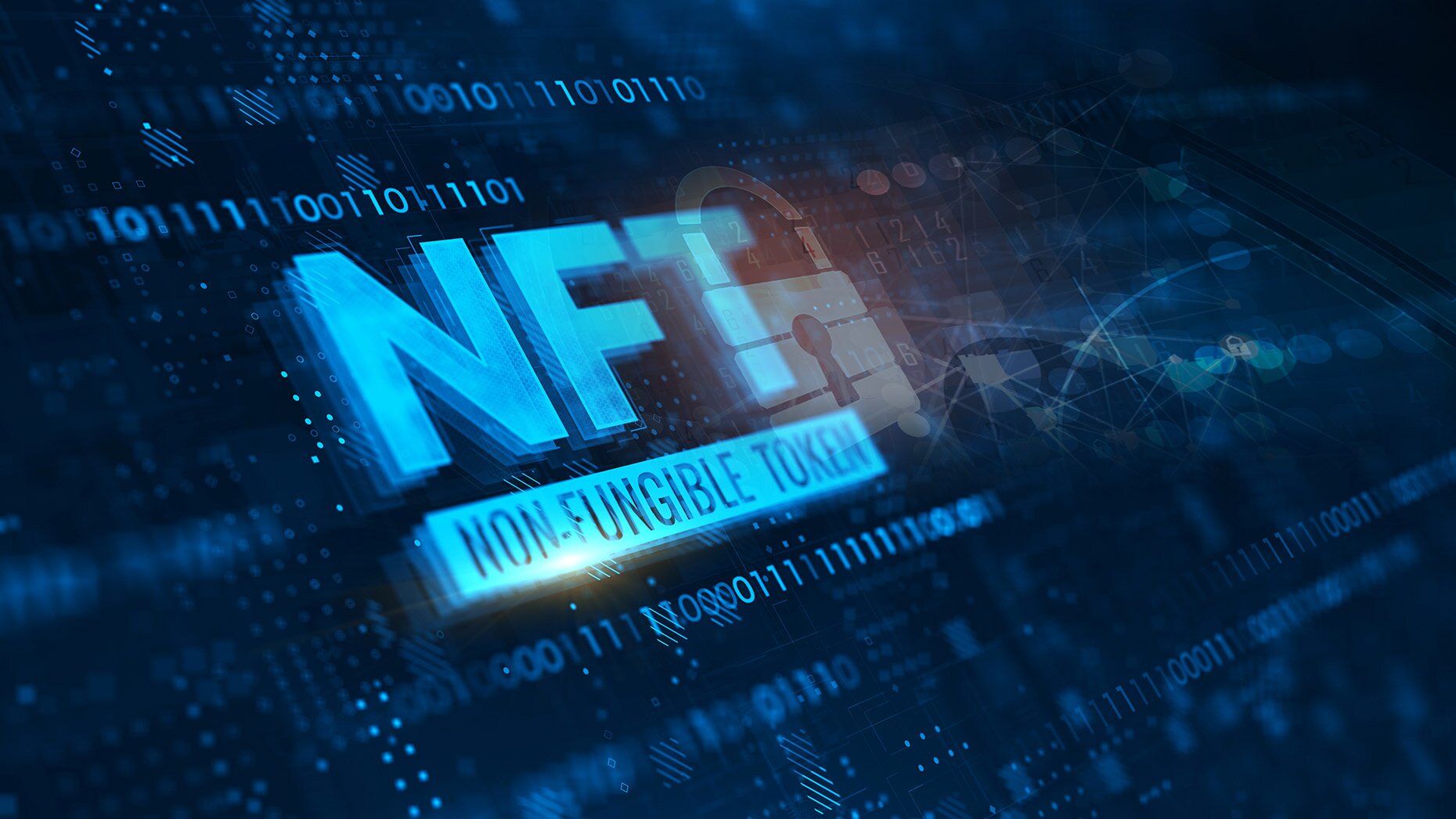
Regularly Verify and Bookmark Official NFT Platform URLs to Avoid Phishing AttacksPhishing remains a top threat. Always double-check and bookmark the official URLs of major NFT platforms like OpenSea, Rarible, and Magic Eden to avoid malicious lookalike sites.
-

Set Up Asset Transfer Whitelists and Withdrawal Limits to Prevent Unauthorized TransfersMany wallets and platforms now offer features to whitelist trusted addresses and set withdrawal limits. This means only pre-approved addresses can receive your NFTs, and large transfers require additional approval, reducing the risk of loss from hacks or scams.
-
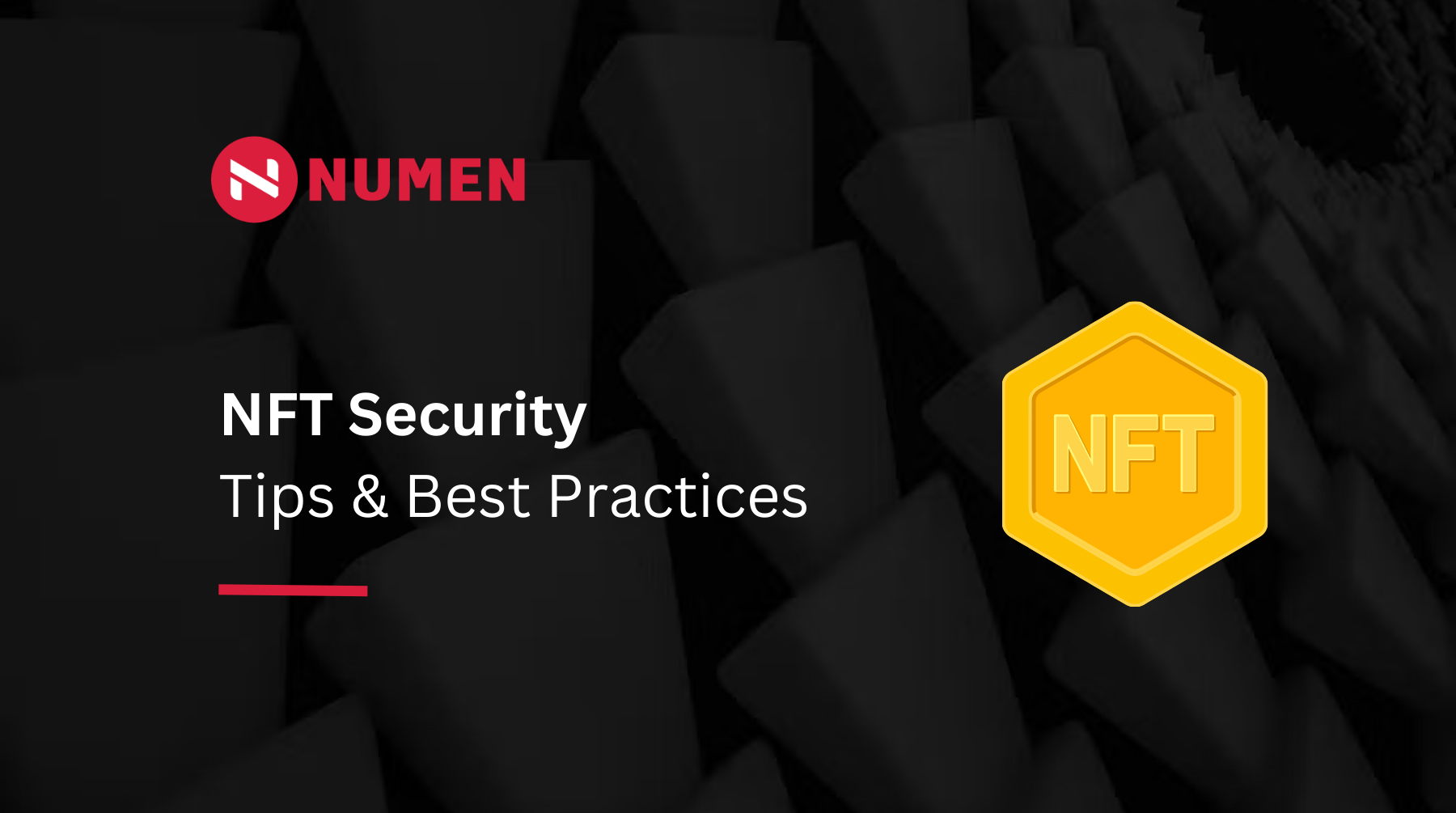
Stay Updated on Security Threats and Educate Yourself About Common NFT ScamsThe NFT landscape evolves rapidly. Follow official blogs, security advisories (like HKCERT), and trusted news sources to stay informed about the latest scams and vulnerabilities. Education is your first line of defense.
3. Regularly Verify and Bookmark Official NFT Platform URLs to Avoid Phishing Attacks
Phishing remains one of the most effective tools used by attackers to steal NFTs and gaming assets. Fraudsters create convincing replicas of popular marketplaces to harvest login credentials and drain wallets. The simplest countermeasure? Bookmark official URLs of your trading platforms and always access them via these bookmarks rather than search engines or links from social media/Discord channels. Double-check SSL certificates and be wary of sites with subtle domain misspellings.
The Hong Kong Computer Emergency Response Team Coordination Centre also recommends this step as crucial for avoiding platform impersonation scams.
The Evolving Threat Landscape: Why These Practices Matter in 2025
The rapid evolution of NFT gaming means attackers are constantly adapting their tactics, from social engineering campaigns targeting Discord communities to malware designed specifically for crypto wallets. In this environment, passive security measures are not enough; active vigilance is required at every step.
The next section will cover asset transfer whitelists, withdrawal limits, and ongoing education, critical layers that round out a robust security posture for all participants in the NFT-based economy.
4. Set Up Asset Transfer Whitelists and Withdrawal Limits to Prevent Unauthorized Transfers
Even with strong authentication and secure storage, wallet breaches can still occur through sophisticated malware or social engineering. To mitigate the fallout of such incidents, asset transfer whitelists and withdrawal limits are essential tools. By configuring your wallet or platform account to only allow transfers to pre-approved addresses, you effectively neutralize most hacker attempts to siphon off assets. Similarly, withdrawal limits ensure that even if access is compromised, the amount that can be moved in a single transaction is capped, giving you time to react and lock down your account.
Many leading NFT platforms now offer these features natively, but adoption among gamers remains low due to usability friction. However, the extra setup time pales in comparison to the protection these controls provide against devastating losses. For step-by-step instructions on enabling these settings on popular wallets, consult official documentation or trusted guides from security-focused NFT communities.
5. Stay Updated on Security Threats and Educate Yourself About Common NFT Scams
The final pillar of NFT gaming wallet security is ongoing education. Attackers constantly shift tactics, from fake airdrops and Discord impersonators to zero-day browser exploits targeting wallet extensions. To stay ahead, make it a habit to follow reputable sources for cybersecurity news in the NFT space and participate in community discussions where new threats are often reported first.
Resources like NeonLink’s guide on Web3 gaming asset protection offer up-to-date insights into emerging risks and mitigation strategies. Many platforms also publish regular security bulletins, subscribe where possible and encourage your peers to do the same.
Layered Security: Combining Best Practices for Maximum Protection
No single security measure is infallible; robust protection comes from layering multiple defenses tailored to your risk profile. Start by enabling MFA across all accounts, store high-value NFTs in hardware wallets with offline backups, bookmark official URLs for every platform you use, set up transfer whitelists/withdrawal limits, and stay vigilant through continuous education.
NFT Gaming Wallet Security: 5 Essential Best Practices
-

Enable Multi-Factor Authentication (MFA) on All NFT Gaming WalletsStrengthen your wallet’s security by activating MFA, such as Google Authenticator or Authy, to add an extra layer of protection beyond just passwords.
-

Use Hardware Wallets or Secure Non-Custodial Wallets for Storing High-Value NFTsStore valuable NFTs in trusted hardware wallets like Ledger or Trezor, or use reputable non-custodial wallets such as MetaMask with strong security settings.
-
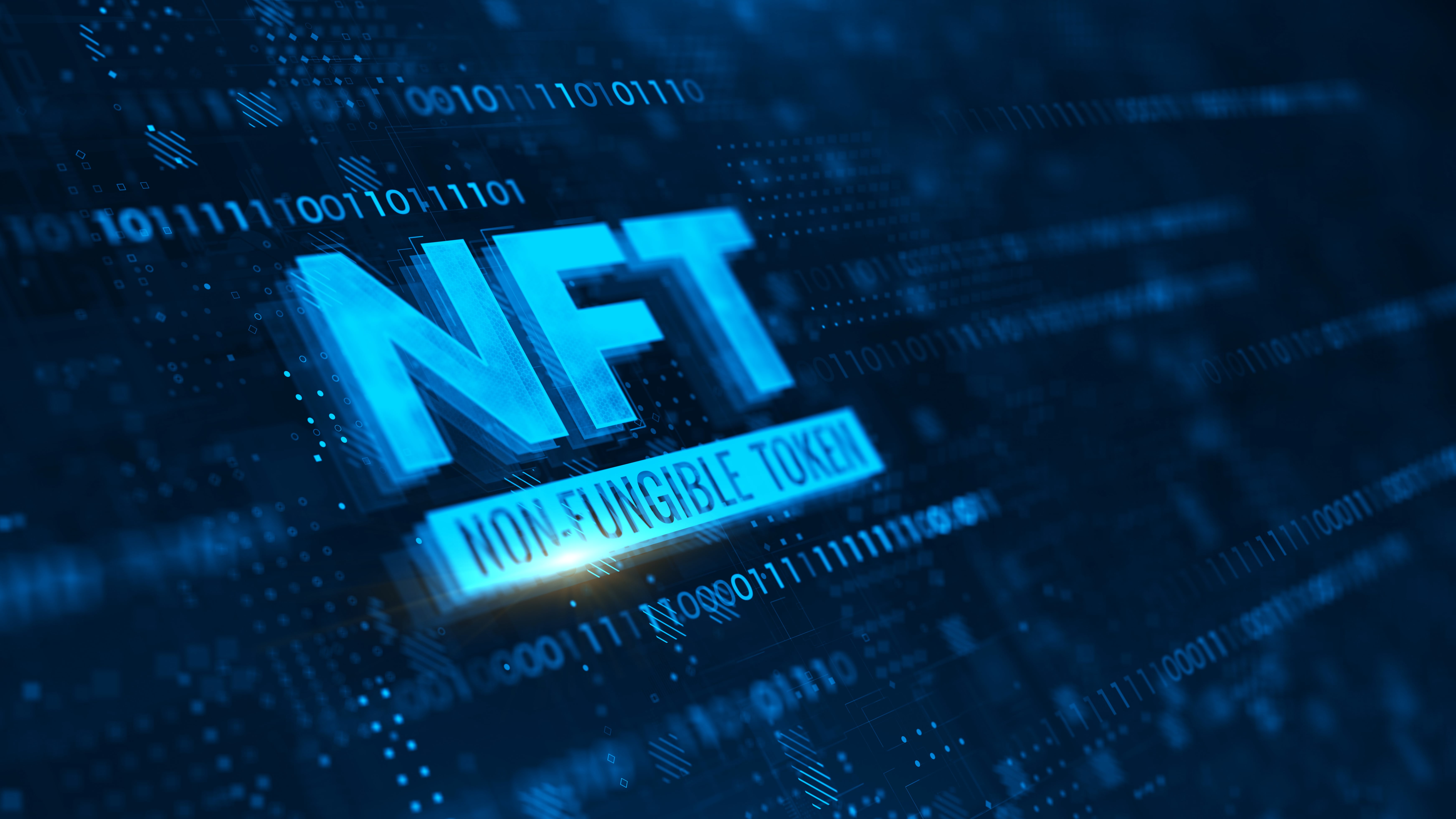
Regularly Verify and Bookmark Official NFT Platform URLs to Avoid Phishing AttacksAlways double-check and bookmark the authentic URLs of NFT platforms like OpenSea or Rarible to prevent falling victim to phishing scams.
-

Set Up Asset Transfer Whitelists and Withdrawal Limits to Prevent Unauthorized TransfersEnable transfer whitelists and withdrawal limits on your wallet or platform to restrict asset movements only to trusted addresses, minimizing the risk of theft.
-
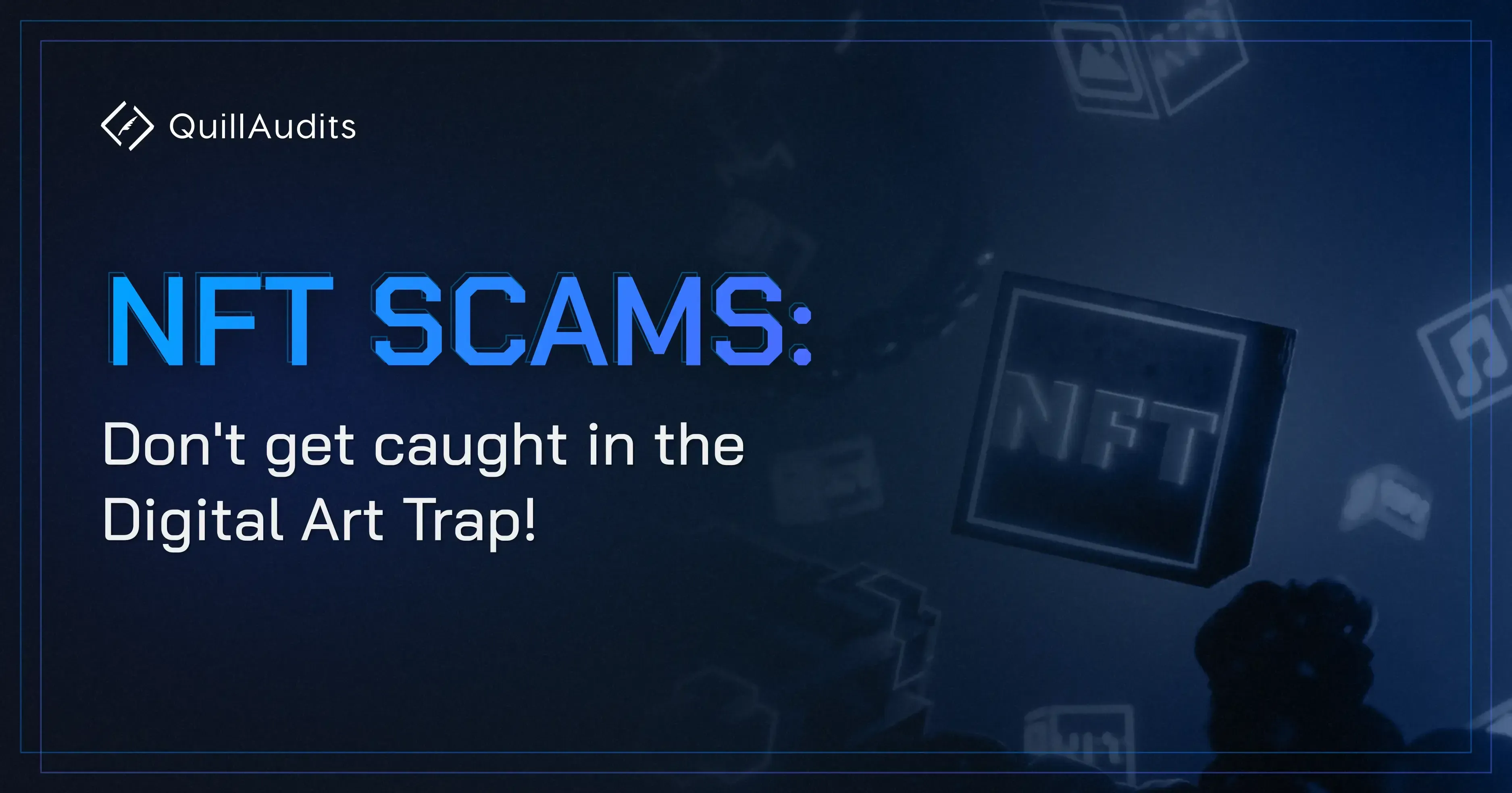
Stay Updated on Security Threats and Educate Yourself About Common NFT ScamsRegularly follow trusted sources like Hong Kong Computer Emergency Response Team Coordination Centre and Cloudwards.net to stay informed about emerging threats and scam tactics.
The stakes in NFT gaming are higher than ever as both asset values and attack sophistication rise. By proactively adopting these best practices today, you not only protect your digital property but also contribute to building a safer ecosystem for all participants in the NFT economy.



